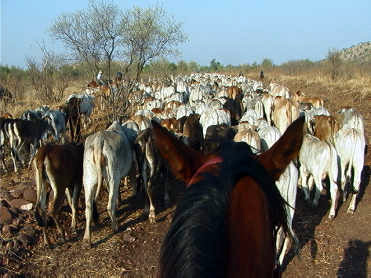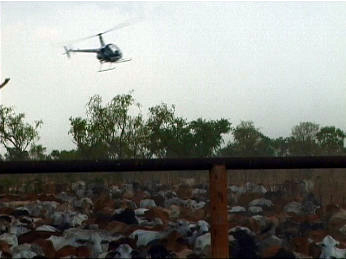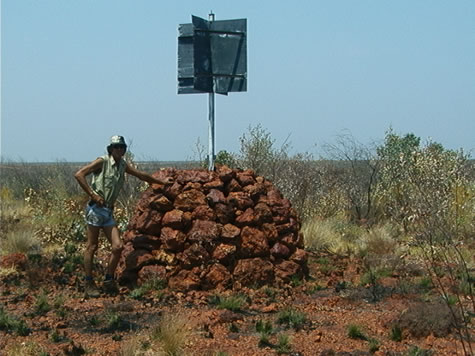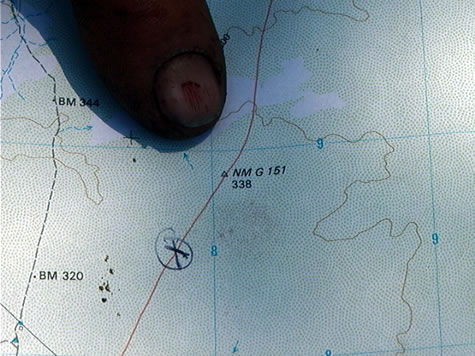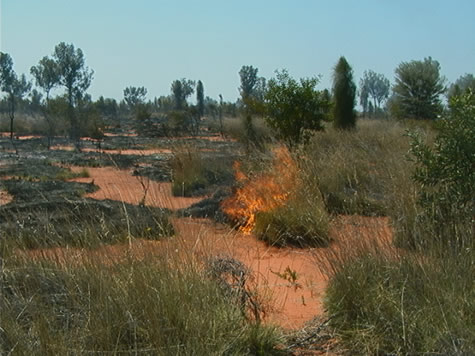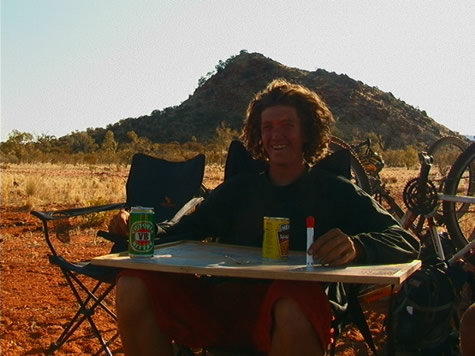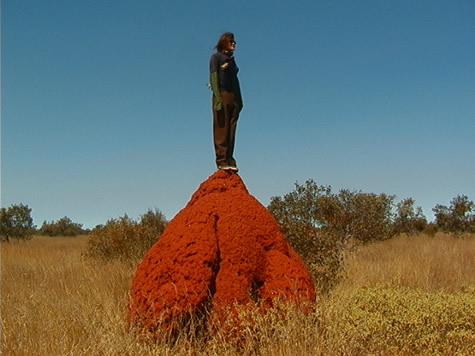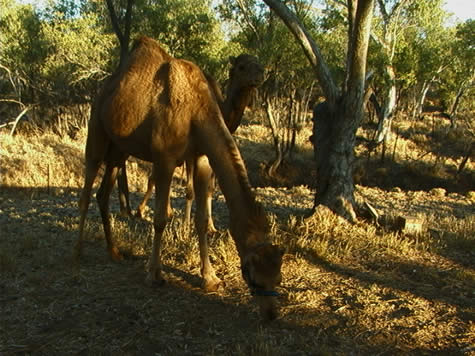Road Trains - Ratios / Comparison
THEME: Road Trains
SUBJECT AREA: Mathematics
TOPIC: Ratios / Comparison
2001 October 14, Sunday. Dorisvale Station, thirty-five kilometres from Pine Creek
Looking at the sheer weight of metal involved, and the speed at which road trains travel, it’s more surprising that they can usually stay on the roads, than it is that they sometimes come off. This particular driver had enough reason (if not an excuse) to lose control. In the past week he had driven thousands of kilometres between Kununurra, Darwin, and Katherine, sometimes stopping only to unload cattle, then moving on.
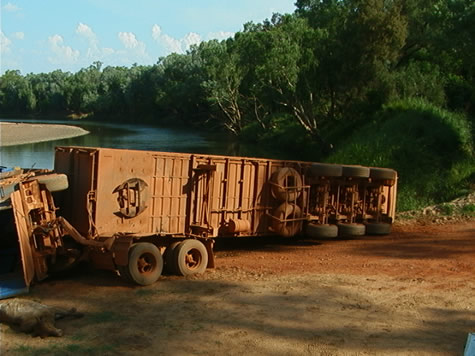
Road trains are found on roads throughout the Territory, and are one of the major hazards to other road users, along with cattle and kangaroos. They take a deceptively long time to overtake, and, one single lane roads, you need to completely clear the road to let them pass. Usually you’ll need to stop anyway, to wait for the dust cloud to clear.
Suggested learning activities: Look at the information below, which compares our support vehicle to the unfortunate road train, which blocked its path yesterday. Find the ratio for each comparison. By looking at the average ratio, find out, overall, how much ‘bigger’ the train is. Then compare the train to your family car.
Number of Wheels:
Train: 14 per trailer, 10 on engine
Canter: 6 total
Weight:
Train: 83 tonnes, plus 80x650kg beasts
Canter: 5 tonnes
Length:
Train: 40 metres
Canter: 7 metres
Cattle carrying Capacity:
Train: 80 head
Canter: 7 head
bel
